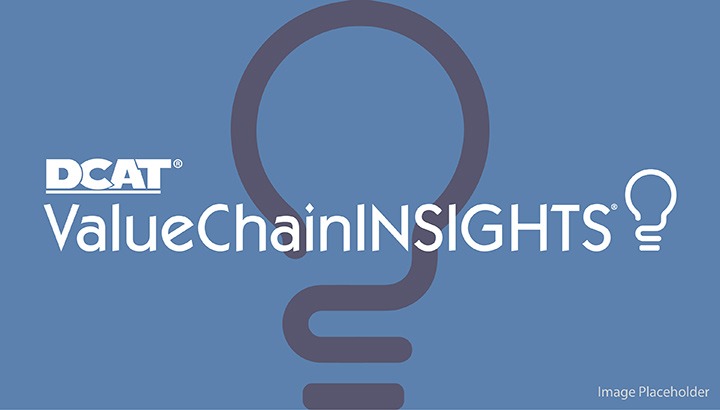Sanofi’s Growth Strategy: Will it Make the Mark?
Sanofi CEO Olivier Brandicourt is pushing hard to acquire the biopharmaceutical company, medivation, as Sanofi seeks to reshape its portfolio and drive growth. So where does the company stand?
From 3-D printing, to non-oral delivery of biologics, to advances in nanotechnology, the future for drug delivery is ripe with innovation, but what is likely primed for market success? DCAT Value Chain Insights (VCI) examines recent developments.
Innovation is drug delivery is an important part in product lifecycle management as well as for product differentiation in new drug development. Facing greater challenges in bringing new molecular entities to market, the large pharma companies are seeking to capitalize on advances in drug delivery for a competitive advantage.
Market estimates
The market for drug delivery is diverse reflecting the different types of systems and routes of administration. Drug delivery refers to technologies, formulations/systems (based on drug vehicles/carriers) and approaches (route of administration) used to deliver drugs for various applications/therapeutic use. One segment of the drug-delivery market are advanced drug-delivery technologies, which refer to the technologies used for controlling the rate of drug release, such as modified drug-delivery technologies such as extended release (controlled and sustained release), controlled release, targeted release, delayed release, and pulsatile release. The advanced drug delivery market is expected to increase from about $178.8 billion in 2015 to nearly $227.3 billion in 2020, reflecting a five-year compound annual growth rate (CAGR) of 4.9%, according to a March 2016 analysis by BCC Research, a Wellesley, Massachusetts-based market research firm. North America leads the global advanced drug-delivery market, followed by Europe. Asia-Paci c is projected to grow the fastest during the forecast period with a five-year CAGR of 6.4%.
According to the BCC analysis, advanced drug delivery technologies have been a boon for the market as advanced formulations have proven to increase the effciency and effcacy of drug-delivery systems, resulting in better outcome of treatments. Advanced drug-delivery systems have become what the firm deems “the Holy Grail in the treatment of several diseases and in unlocking the potential/value of the pharma industry’s existing compounds as well as in exploring the potential of several new compounds. BCC estimates that the market is growing at a moderately healthy rate that should continue for the next ve years. The market is not expected to saturate any time soon. In fact, patent expiries, targeted drug-delivery systems, gene therapy, nanotechnology, and biologics, are expected to open up further opportunities for growth. The advantages that advanced drug-delivery systems offer over traditional drug-delivery systems is a key driver. These benefits include higher effcacy, localized treatment of diseases, duration of drug delivery, convenient routes of administration, better targeting and lower dosing frequency. release. Kumar’s team’s nanoparticles bind non-competitively, meaning the cells will still take up the particle even if they’re saturated with naturally occurring ligands. In order to achieve the non-competitive active transport, the team used gambogic acid, a natural product that is known for its ability to kill cancer cells (1)..
“Our strategy is non-competitive active transport,” Kumar said in commenting on the research. “These nanosystems have the ability to cross the intestinal barrier to reach other parts of the body and stay in circulation for a long time.” This ability to cross the intestinal barrier in suffcient quantities has been a major problem with oral medications—and part of why insulin, for example, is injected, not swallowed. In this case, the nanoparticle makes the body itself help the drug become absorbed.“The way we put these things together is completely novel,” Kumar said. “This approach enables the development of carrier systems that have no equivalent in the world of competitive ligands.”
